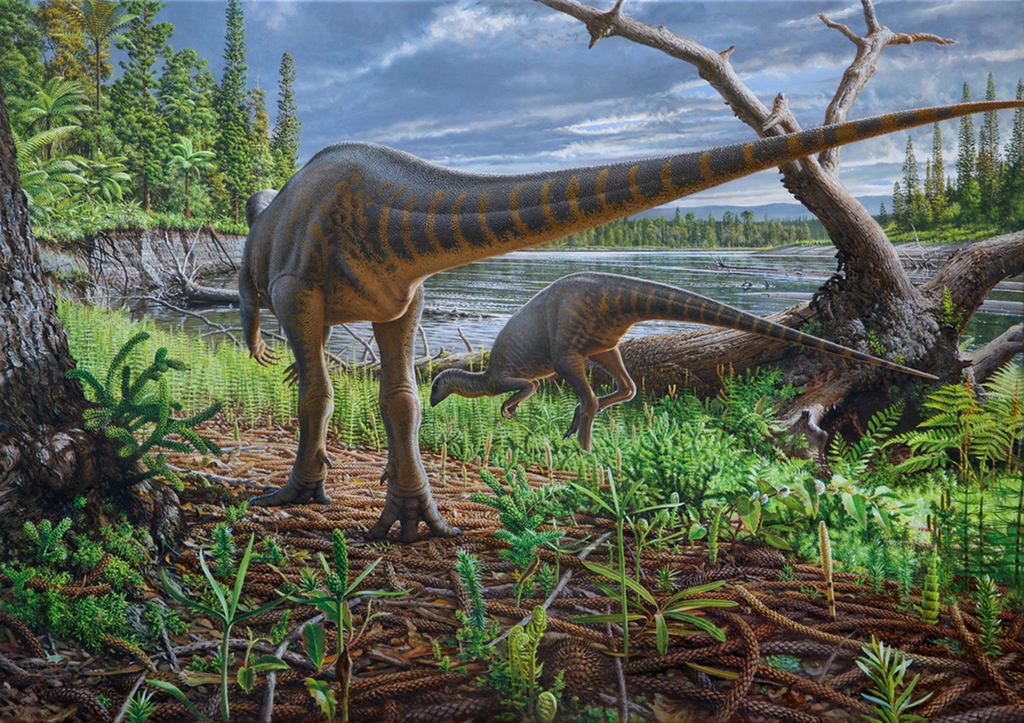Researchers in Utah discovered a previously obscure dinosaur species that existed roughly 100 million years ago.
The specimen was identified by researchers in Utah’s Cedar Mountain, a geological formation which contains materials from the middle of the Cretaceous (145 to 66 million years ago). It included the head, vertebrae, and limbs of the dinosaur, possibly of a young age.
The author of a research that was published on Thursday in the journal PLOS ONE named the new species ‘Iani smithi‘ – after Janus, the two-faced Roman deity associated with transition.
According to the researchers, Iani smithi was a 10-feet-long plant-eater and an early ornithopod, a group of dinosaurs that later gave rise to duck-billed dinosaurs like Parasaurolophus and Edmontosaurus.
The researchers have been trying to put together how dinosaur populations in North America evolved throughout the middle of the Cretaceous period for more than ten years. During that time, giant plant-eating sauropods and their allosaurian predators were extinct in North America. They were gradually replaced by smaller plant-eating theropods like early duckbills and horned dinosaurs, as well as feathered theropods like tyrannosaurs, migrating from Asia.
Iani is the first early ornithopod known to have survived into the Late Cretaceous in North America, according to the team’s findings. To their astonishment, they discovered that Iani belonged to the early ornithopod lineage known as rhabdodontomorphs, which is nearly entirely associated with Europe.
“They ate tough plant material and had powerful jaws,” Lindsay Zanno, one of the co-authors of the study affiliated with the North Carolina Museum of Natural Sciences and North Carolina State University, told Newsweek. “Iani was alive during this transition—so this dinosaur really does symbolize a changing planet,” Zanno said in a statement.












